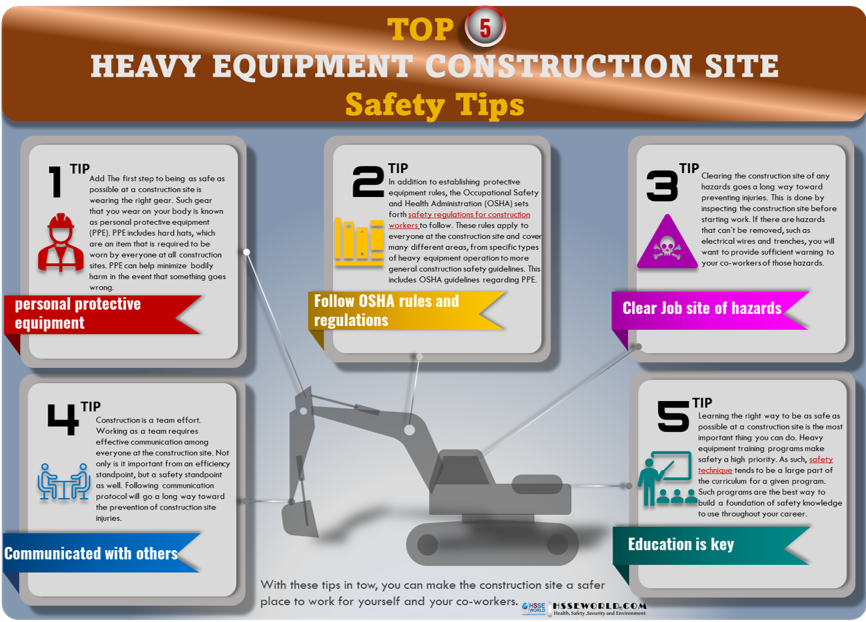Does your workplace have vehicles or equipment that are fueled onsite? If so, certain precautions are necessary.
S.M#13 :Practice caution when handling fuel

Follow Us
Storing and handling fuel
The Canadian Center for Occupational Health and Safety offers a number of tips for storing and handling fuel:
- Don’t store more fuel than the minimum amount needed.
- Use approved containers, away from heat sources and in well-ventilated areas.
- Never attempt to siphon gasoline with your mouth – doing so could be deadly.
- Refrain from prolonged skin contact with fuel, avoid breathing in fuel fumes or vapors, and remove any clothing that comes in contact with fuel.
Receiving fuel
When your workplace is receiving fuel from a delivery truck:
- Don’t allow smoking near fuel trucks, as vapors may ignite.
- Have spill kits handy in the event of a spill.
- Keep fuel caps closed, except during filling and gauging, to avoid the release of vapors.
- Position the fuel truck away from other vehicles so it doesn’t interfere with their movements.
Fueling vehicles and equipment
CCOHS recommends consulting the operating manual of vehicles and equipment for special instructions on fueling. Make sure you know how to operate emergency fuel cutoffs, and be aware of the location of – and how to operate – your workplace’s fire extinguishers.
Other tips for safe fueling include ensuring the engine is turned off when fueling, checking for any kinks in the fuel hose and maintaining contact with the tank while fueling to prevent static electricity.
Filling portable containers
When filling portable containers with fuel, ensure all sources of ignition are off, CCOHS advises. Place the container on the ground and fill it slowly. Avoid breathing in the vapors, and refrain from overfilling containers. Leave a little extra space for expansion.



